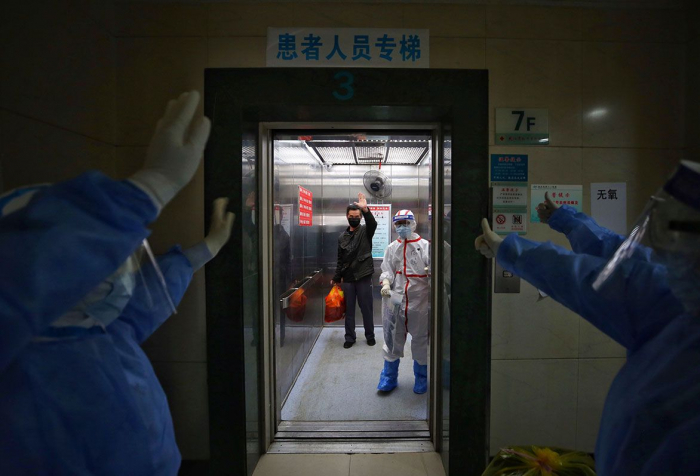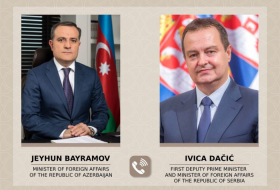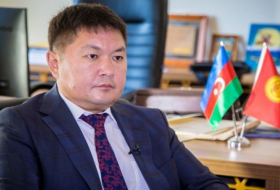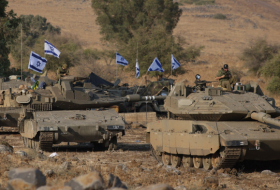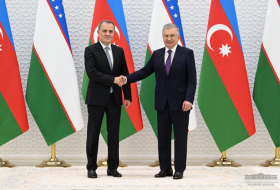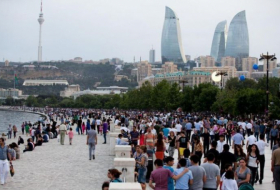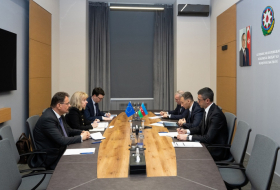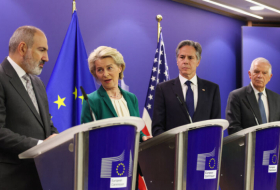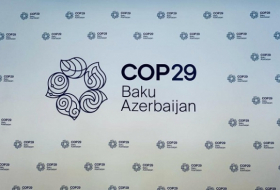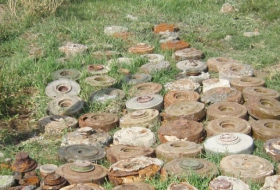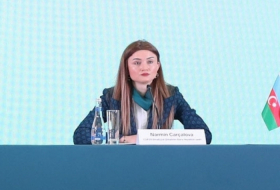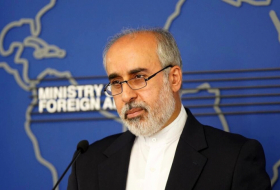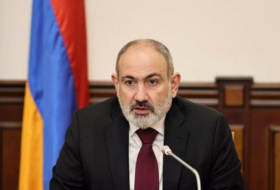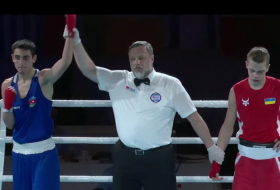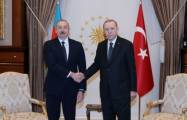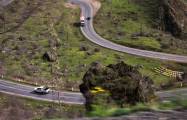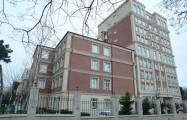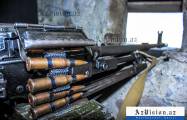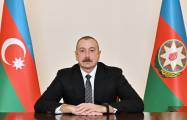Recovered patient. Medical staff at the Red Cross Hospital in Wuhan, China, wave goodbye to a patient who has recovered from COVID-19. So far in China, more than 77,000 people have recovered from the disease and over 3,000 have died. On 25 March, the Chinese government eased travel restrictions in Hubei province, ending two months of lockdowns that were introduced to help slow the coronavirus’s spread.
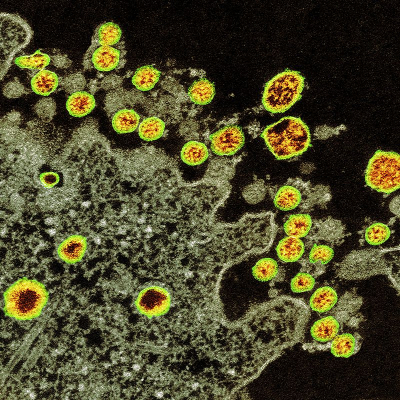
Coronavirus up close. This electron micrograph shows particles of the coronavirus that causes COVID-19, called SARS-CoV-2. Researchers isolated these virus particles from the first person in the United States found to be infected. Coronaviruses get their name from the crown-like arrangement of protein spikes (coloured green) on their surface. Efforts to study live samples of the virus have been ongoing since the outbreak began.

Empty streets. This deer is one of more than 1,000 roaming the Japanese city of Nara, where people have been told to stay at home. Similar lockdown measures have brought wildlife into cities around the world — in the United States, coyotes have been sighted in normally crowded areas of Chicago, Illinois, and San Francisco, California, and in Wales, UK, a herd of mountain goats moved into the town of Llandudno from a nearby country park.

Vaccine research. Biologist Larissa Vuitika at the Federal University of Minas Gerais in Brazil is one of many scientists worldwide working on developing a vaccine for the coronavirus that causes COVID-19. Here she handles a sample of the virus’s genetic material. Many of the potential vaccines currently in development involve RNA molecules that are designed to train the immune system to make antibodies that recognize and block the spike protein that the virus uses to enter human cells. In the United States, some vaccine candidates are already being tested on healthy volunteers, while undergoing tests for safety and effectiveness in animals at the same time.

Remote working. Social distancing and lockdown measures in many countries have prevented large gatherings, with people being advised against unnecessary travel and urged to work remotely if possible. Here, world leaders hold a video conference to discuss the coronavirus pandemic. This screen was photographed at Parliament House in Canberra, Australia.
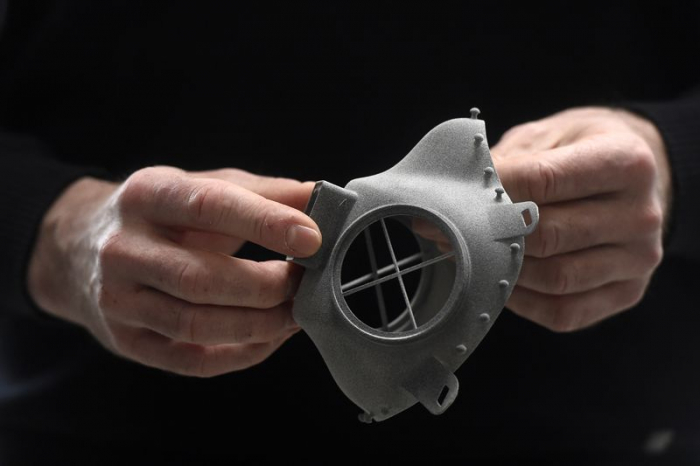
Mask makers. This face mask was made by the car-maker Skoda in the Czech Republic, using a 3D printer. Since the coronavirus outbreak began, demand for respirators and surgical face masks has skyrocketed, and engineers in various industries have been called on to help produce more. The masks made by Skoda are designed to be used by frontline health workers and are fitted with a filter after being printed. Although it is not yet clear whether the virus is airborne, some countries — including the Czech Republic and Slovakia — have made it mandatory for people to wear masks outside the home.
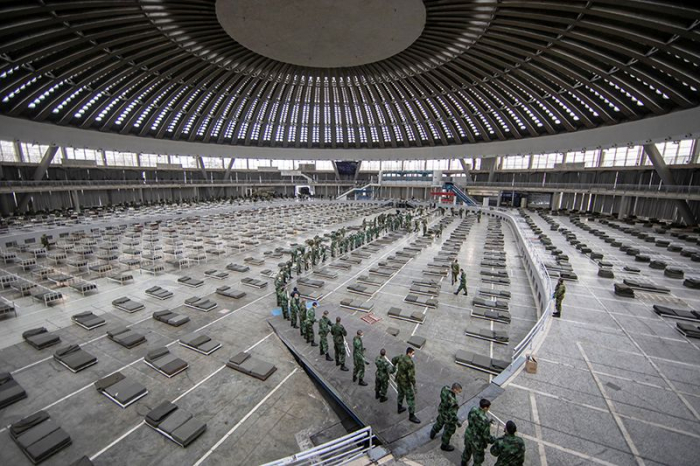
Field hospital. Members of the Serbian military prepare a makeshift hospital capable of holding 3,000 patients with mild COVID-19 in an exhibition hall in Belgrade. Many countries — including Italy, Iran and the United Kingdom — are setting up temporary medical facilities in public spaces to ease the pressure on existing hospitals as the number of cases continues to rise.
Nature.com
More about: #COVID-19 #Coronavirus








